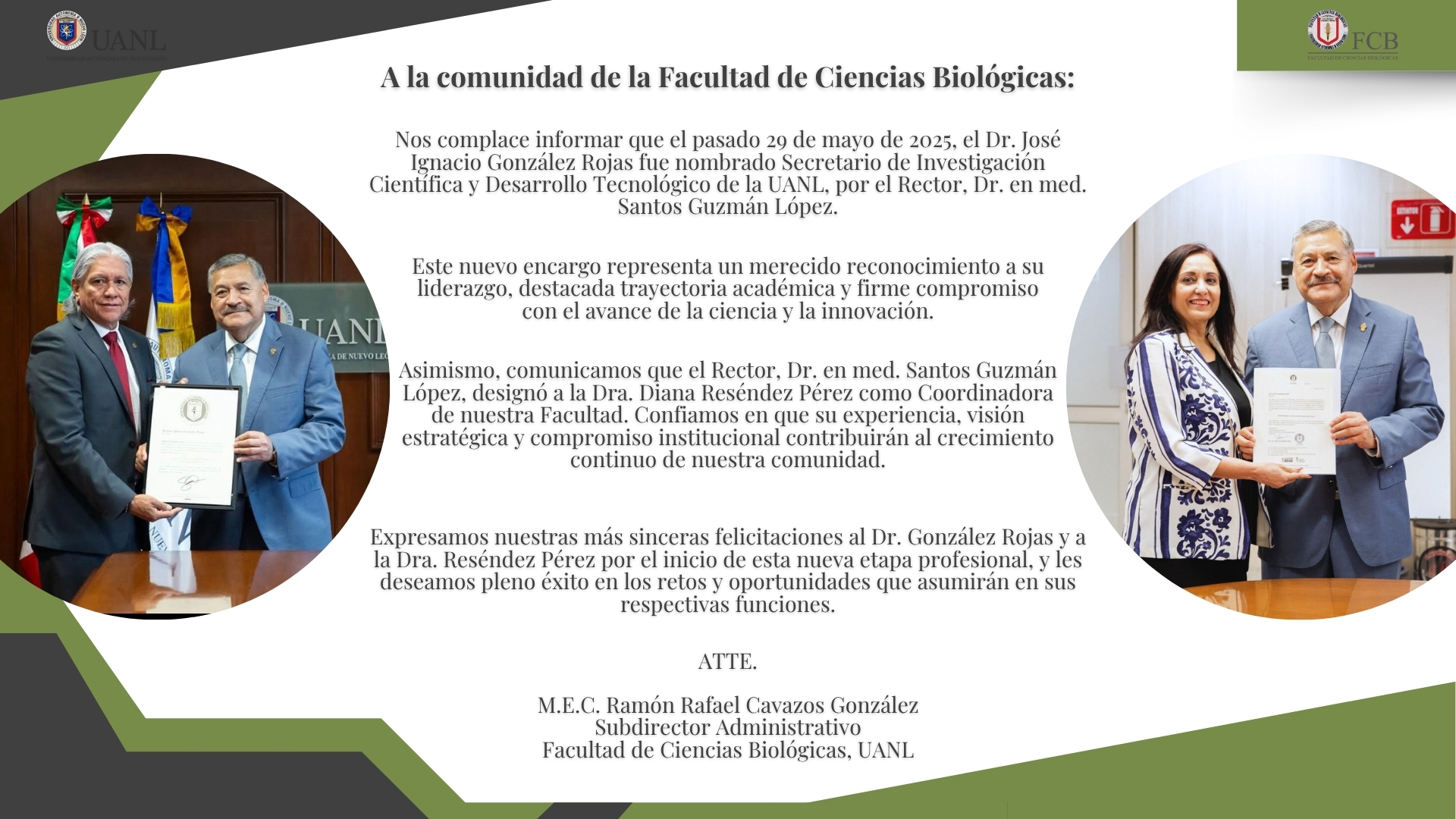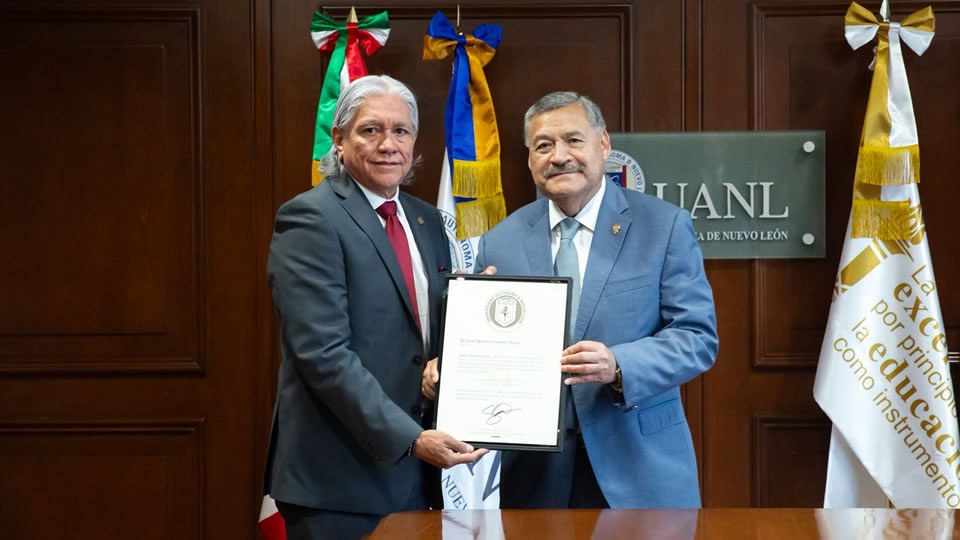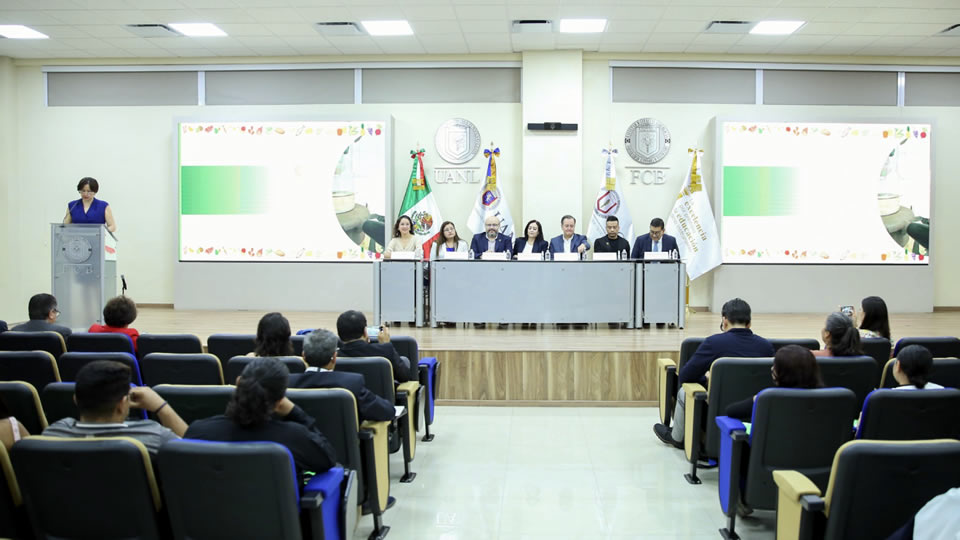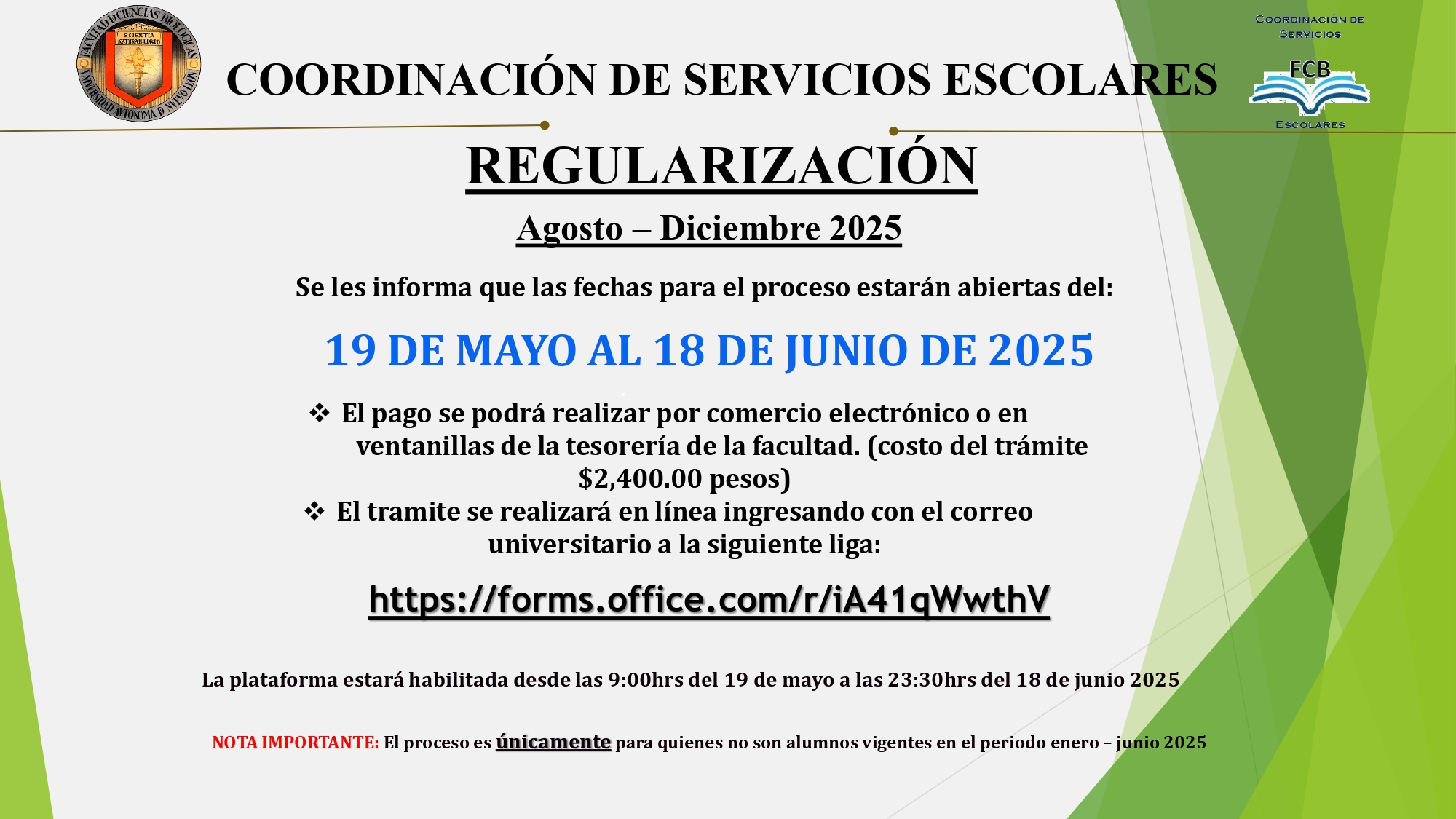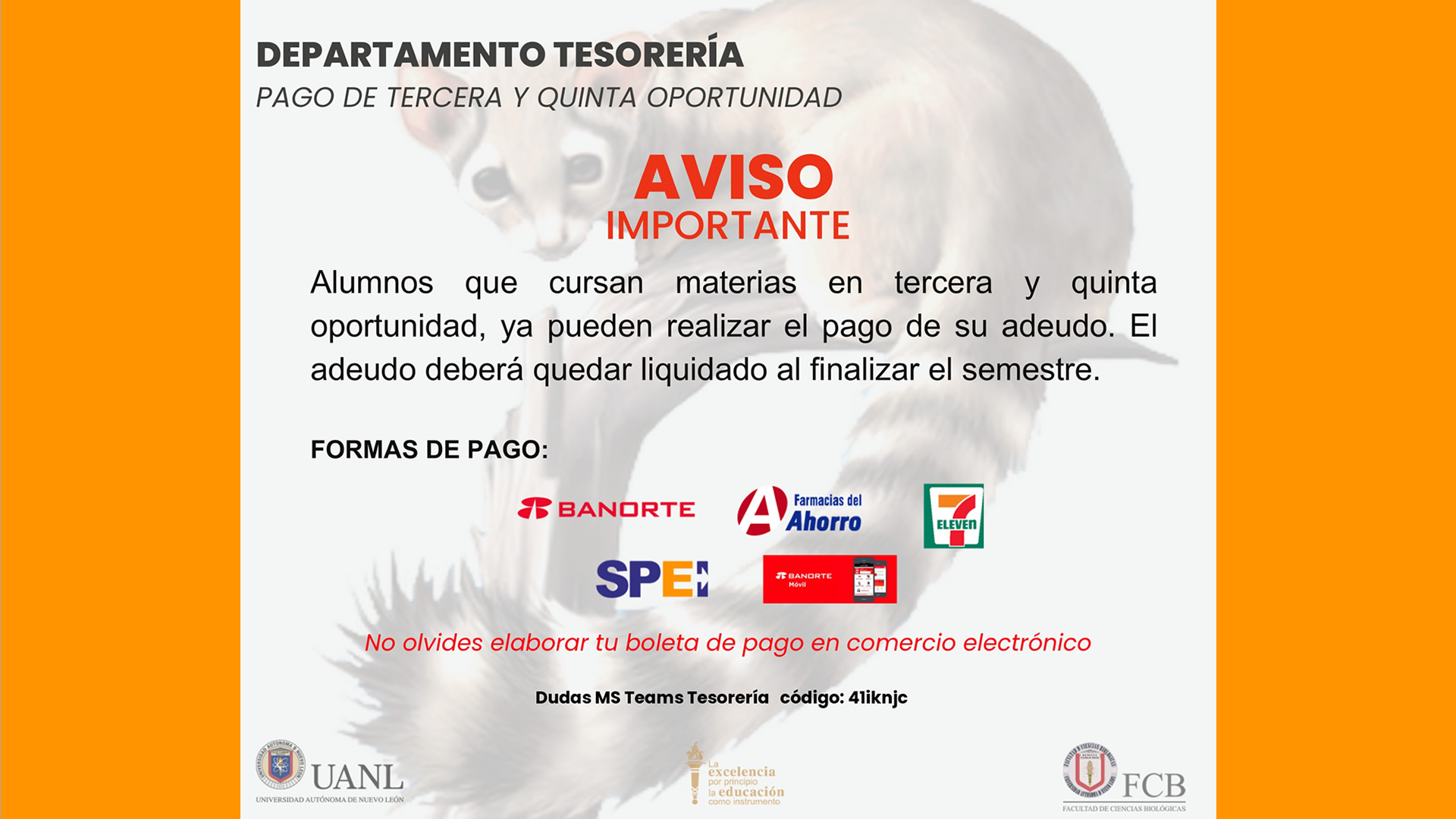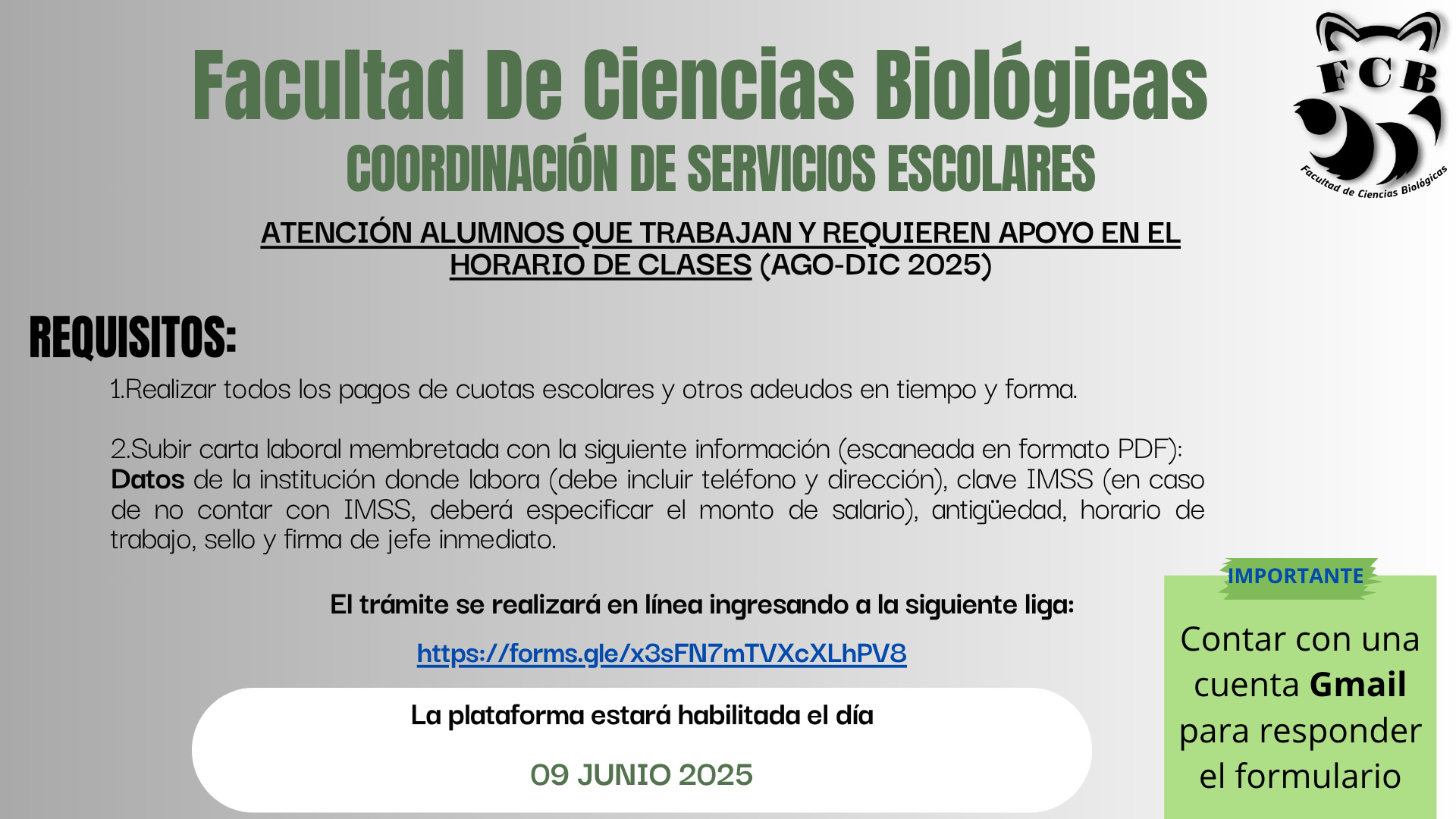THIRD WORKSHOP ON SUSCEPTIBILITY OF FIELD-COLLECTED LEPIDOPTERA TO Bacillus thuringiensis PROTEINS IN NORTH AMERICA
Monterrey, N. L. Mexico, October 5 to 7, 2006.
1. Background.
Due to the fact that the United States and Mexico are neighboring countries and have grown transgenic cotton since 1996, there is a critical need to develop cooperative monitoring of the impact and long-term effects of this plant on the susceptibility of key cotton pests to the insecticidal bacterium Bacillus thuringiensis (Bt). In the first workshop, a protocol for implementation of resistance monitoring in both Mexico and the USA was established. In the second workshop, the guidelines for standardized methodology to document temporal and spatial variations of field populations of Heliothines were established. The need for the implementation of a resistance warning detection system was recommended, as well as the standardization of the minimum number of bioassays to test all the Bt proteins in the market that target key pests, in order to detect, confirm and reduce Bt resistance development.
2. Objectives.
1. Discuss and present recently acquired data on the detection of Lepidoptera populations in Mexico and United Stated with resistance to Bt or its toxins/protoxins.
2. Overview the international efforts (Mexico, US and Spain) of research groups in monitoring and detecting Bt resistance among Lepidoptera pests important in agriculture.
3. Evaluate the impact of Heliothines fitness to Bt cotton, and evaluate if this is inducing increasing populations of Spodoptera.
4. Discuss the need of biochemical detection systems (enzymatic activity analysis, detection of resistance alleles) to evaluate the impact of Bt-plants and Bt-products on resistance monitoring and the development of field resistance.
3. Organizers and Participating Institutions
The workshop will be organized in Monterrey, N. L., Mexico from October 5 to 8, 2006 by the University Autonomous of Nuevo Leon (UANL) and the United States Department of Agriculture (USDA). National participating institutions include Instituto Nacional de Investigación Forestal, Agrícola y Pecuaria (INIFAP), Universidad Nacional Autónoma de México (UNAM), Servicio Nacional de Sanidad, Inocuidad y Calidad Agroalimentaria (SENASICA) and Centro Nacional de Referencia de Control Biológico (CNRCB). Foreign institutions include the Environmental protection Agency (EPA), University of Arizona, University of Georgia, University of Arkansas, University of Tennessee, and Mississippi State University. Private company representatives from Mexico and US, such as Syngenta, DrowAgrosciences and Monsanto, will participate in the third workshop. This year, an European research group will be invited (University of Valencia, Spain) to share common issues on the matter.
4. Discussion topics
The major components or themes for the workshop will be:
· Monitoring programs in Mexico and in the U. S (resistance development findings, monitoring assessments).
· International Companies: status and research perspectives.
· Potential restrictions: Materials exchange, funding.
5. Workshop facilities.
The workshop will be held in Bahia Escondida (http://www.bahiaescondida.com/)
6. Workshop Program
Thursday, October 5.
18:00-19:00 Checking in at the Bahia Escondida Hotel.
19:00-21:00 Welcome in the UANL by the rector of the UANL, Dr. José Antonio González.
Friday, October 6.
9:00-10:00 Overview of participant research projects.
10:00-11:30 Bt resistance monitoring in US (EPA-USDA).
10:00-10:45 Sharlene Matten, EPA-USA, Insect Resistance Management for Bt Crops: Monitoring Challenges.
10:45-11:30 John Glaser, EPA-USA, A New Approach to PIP Crop Monitoring Using Remote Sensing.
11:00-11:30 Coffee break
11:30-12:30 Bt resistance monitoring in Pink Bollworm (INIFAP-USDA).
11:30-12:00 Urbano Nava Camberos, INIFAP La Laguna. Monitoreo de la susceptibilidad del gusano rosado a las toxinas cry1Ac y cry2AB del Bacillus thuringiensis en México".
12:00-12:30 Jeff Fabrick. U.S. Arid-Land Agricultural Research Center. USDA-ARS Bt Resistance in Pink Bollworm in Arizona: Monitoring and Mechanism", by: Jeff Fabrick, Yves Carriere, Tim Dennehy, Shai Morin, and Bruce Tabashnik
12:30-13:30 Lunch.
15:30-17:00 Review of international approach efforts (Mexico and US) for monitoring and detecting Bt resistance development among Lepidoptera pests important in agriculture.
15:30-16:15 Carlos Blanco, 'Advances in Joint Monitoring Efforts: what have we done in the past 30 moths?
16.15-17:00 Concepción Rodríguez, Colegio de Posgraduados, Monitoring response to Cry1Ac δ-endotoxin of Bacillus thuringiensis Berliner in Mexican populations of Helicoverpa zea (Boddie) (Lepidoptera: Noctuiidae): 1998-2005.
17:00-17:30 Coffee break
17:30-19:30 Discussion forum. Impact of Heliothines fitness to Bt cotton: Is this inducing the raising and increasing of Spodoptera populations?
17:30-18:00 Conference call. Omaththage Perera, Stoneville-USDA, 'Single Nucleotide Polymorphisms (SNPs) in Bt Toxin Binding Genes in Natural Populations of Heliothis virescens'
18.00-18:30 William Moar, Auburn University, Production and characterization of Helicoverpa zea resistance to Bt Cry1Ac
18:30-19:00 José Luis Martínez C., INIFAP-Sonora. Monitoreo de resistencia a las toxinas CryIAc y Cry2Ab en poblaciones de Heliothis virescens de México.
19:00-19:30 Overview and conclusions
Saturday, October 7.
9:00-12:30 Discussion forum: Bt resistance findings. Methodologies to evaluate the resistance monitoring besides Probit analysis. Evaluate the extension to other Lepidoptera species.
9.00-9:30 Patricia Tamez, UANL, Role of Cry Toxins and Enzymatic Activity on the Resistance of Trichoplusia ni (Hübner) Strains to Bacillus thuringiensis
9:30-10:00 Brenda Oppert, USDA-Kansas. Studies of resistance to Bacillus thuringiensis insecticidal toxins in a target pest of transgenic corn.
10:00-10:30 Juan Ferré, Universidad de Valencia, Mechanisms of resistance and cross-resistance to Bt toxins in Lepidoptera.
10:30-11:00 Coffee break
11:00-11:30 Alejandra Blanco, UNAM, Mecanismo de acción de toxinas Cry activas contra lepidópteros
11:30-12:00 Juan L. Jurat-Fuentes, University of Tennessee Alkaline hosphatase as marker of resistance to Bacillus thuringiensis
12:00-12:30 Overview and conclusions
12:30-14:00 Lunch.
14:00-15:30 Discussion forum: Lepidoptera species, Bt test toxins, Bt products and Bt crops: Distribution and standardization for research purposes.
14:00-14:30 Rafael Bujanos, INIFAP Celaya. Monitoring of the Susceptibility of Mexican Plutella xylostella populations to Bacillus thuringiensis Cry toxins and Commercial Products
14:30-15:00 Benito Pereyra, UANL. “Molecular marker STS like EaaMcta-04.70 related with resistance of Plutella xylostella to Bacillus thuringiensis toxins".
15:00-15:30 Juan M. Alcocer González, UANL. Antimicrobial peptides and susceptibility to Bacillus thuringiensis of Trichoplusia ni strains.
15:30- 16:00 Overview, capabilities, limitations of other programs/ research group. How can we support each other?
16:00-16:30 Coffee break
16:30-17:30 Funding possibilities (CONACYT, USDA, private companies, European Union?).
16:30-17:00 Ryan Kurtz, Syngenta, North Carolina, IRM with Syngenta’s VipCot™ Transgenic Cotton Varieties.
17:30-18:30 Discussion forum: Conclusions of 3rd workshop. Closing session by the dean of the Biology Science Faculty, UANL, Dr. Santos García.

